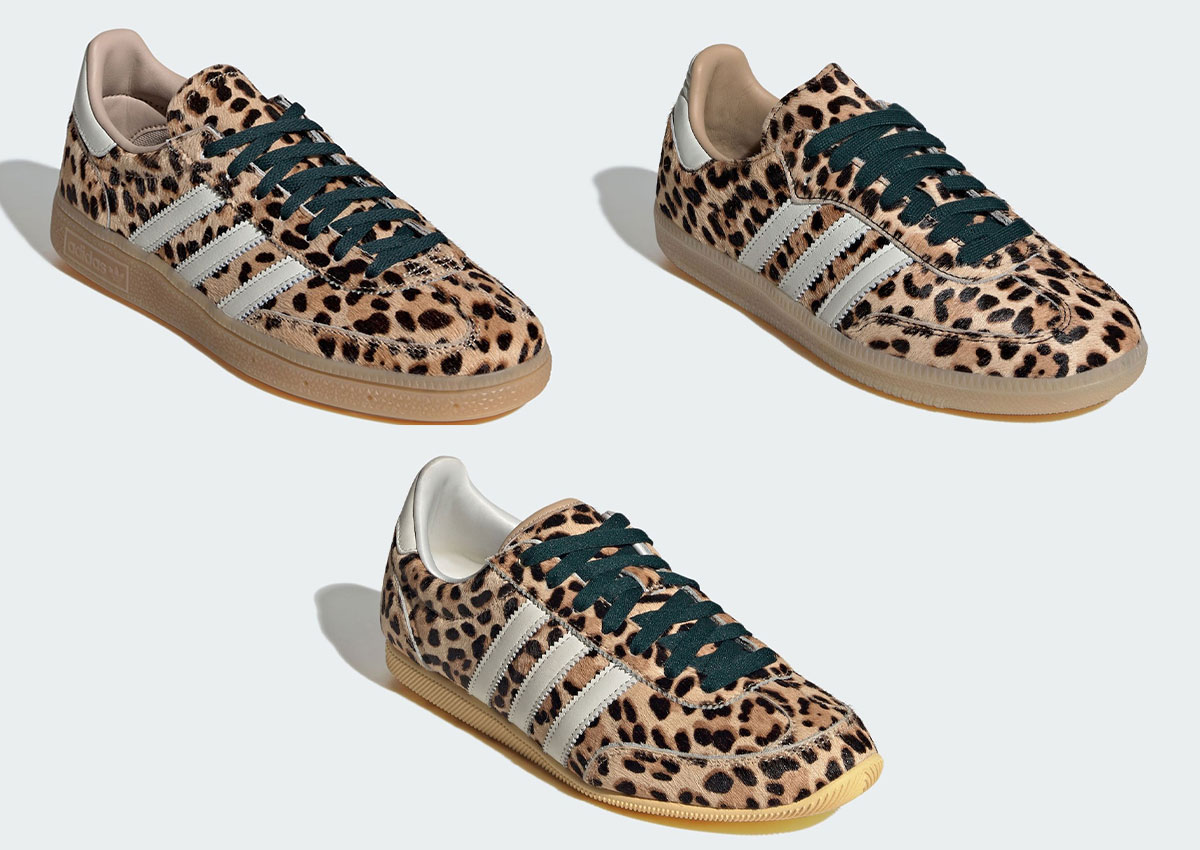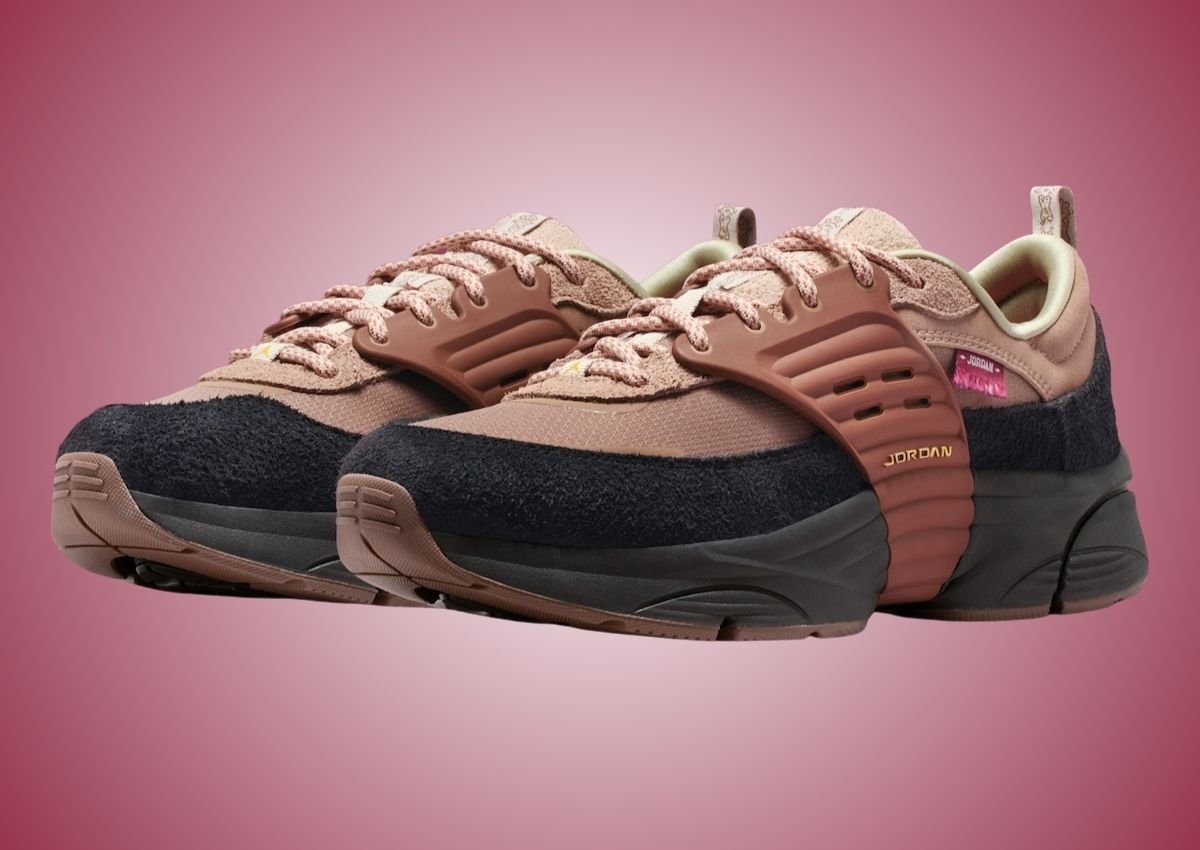A Deep Dive Into the Vans Old Skool
Since its founding in 1966, Vans has remained a staple in footwear, bridging the gap between skateboarding, fashion, and self-expression. Known for their durability, functionality, and timeless design, Vans has created silhouettes that transcend trends—none more iconic than the Old Skool. Originally released in 1977 under the name the “Style 36,” the Old Skool was the first Vans shoe to feature leather paneling, which added both durability and a refined edge to the brand’s canvas construction. It also introduced the now-iconic Sidestripe—originally sketched as a random doodle by co-founder Paul Van Doren, it has since become an emblem of Vans’ identity. The Old Skool is instantly recognizable for its low-top profile, sturdy canvas and suede uppers, and reinforced toecaps built to withstand wear. The padded collars ensure comfort and support, while Vans’ signature waffle outsole delivers grip and boardfeel that skaters have relied on for decades. Its simplicity in design makes it endlessly versatile—able to transition seamlessly from skate parks to everyday outfits. What began as a skateboarding essential quickly became a cultural symbol. The Old Skool has been adopted by musicians, artists, and style icons, solidifying its status as a classic. Its clean lines and adaptable design allow it to pair with everything from denim and workwear to elevated looks, making it one of the most universal sneakers today. The Old Skool’s appeal lies in its balance of function and style. Available in a wide range of colorways and collaborations, it has evolved with the times while staying true to its original DNA. Whether you prefer a classic black-and-white pair or a bold, statement-making iteration, the Old Skool offers something for every style. Why the Old Skool Endures Nearly five decades after its release, the Vans Old Skool remains one of the most recognizable and beloved sneakers worldwide. Its mix of heritage, utility, and cultural relevance has cemented its place in sneaker history. More than just footwear, the Old Skool represents individuality, creativity, and a timeless sense of style.

Since its founding in 1966, Vans has remained a staple in footwear, bridging the gap between skateboarding, fashion, and self-expression. Known for their durability, functionality, and timeless design, Vans has created silhouettes that transcend trends—none more iconic than the Old Skool.
Originally released in 1977 under the name the “Style 36,” the Old Skool was the first Vans shoe to feature leather paneling, which added both durability and a refined edge to the brand’s canvas construction. It also introduced the now-iconic Sidestripe—originally sketched as a random doodle by co-founder Paul Van Doren, it has since become an emblem of Vans’ identity.

The Old Skool is instantly recognizable for its low-top profile, sturdy canvas and suede uppers, and reinforced toecaps built to withstand wear. The padded collars ensure comfort and support, while Vans’ signature waffle outsole delivers grip and boardfeel that skaters have relied on for decades. Its simplicity in design makes it endlessly versatile—able to transition seamlessly from skate parks to everyday outfits.
What began as a skateboarding essential quickly became a cultural symbol. The Old Skool has been adopted by musicians, artists, and style icons, solidifying its status as a classic. Its clean lines and adaptable design allow it to pair with everything from denim and workwear to elevated looks, making it one of the most universal sneakers today.

The Old Skool’s appeal lies in its balance of function and style. Available in a wide range of colorways and collaborations, it has evolved with the times while staying true to its original DNA. Whether you prefer a classic black-and-white pair or a bold, statement-making iteration, the Old Skool offers something for every style.
Why the Old Skool Endures
Nearly five decades after its release, the Vans Old Skool remains one of the most recognizable and beloved sneakers worldwide. Its mix of heritage, utility, and cultural relevance has cemented its place in sneaker history. More than just footwear, the Old Skool represents individuality, creativity, and a timeless sense of style.






















